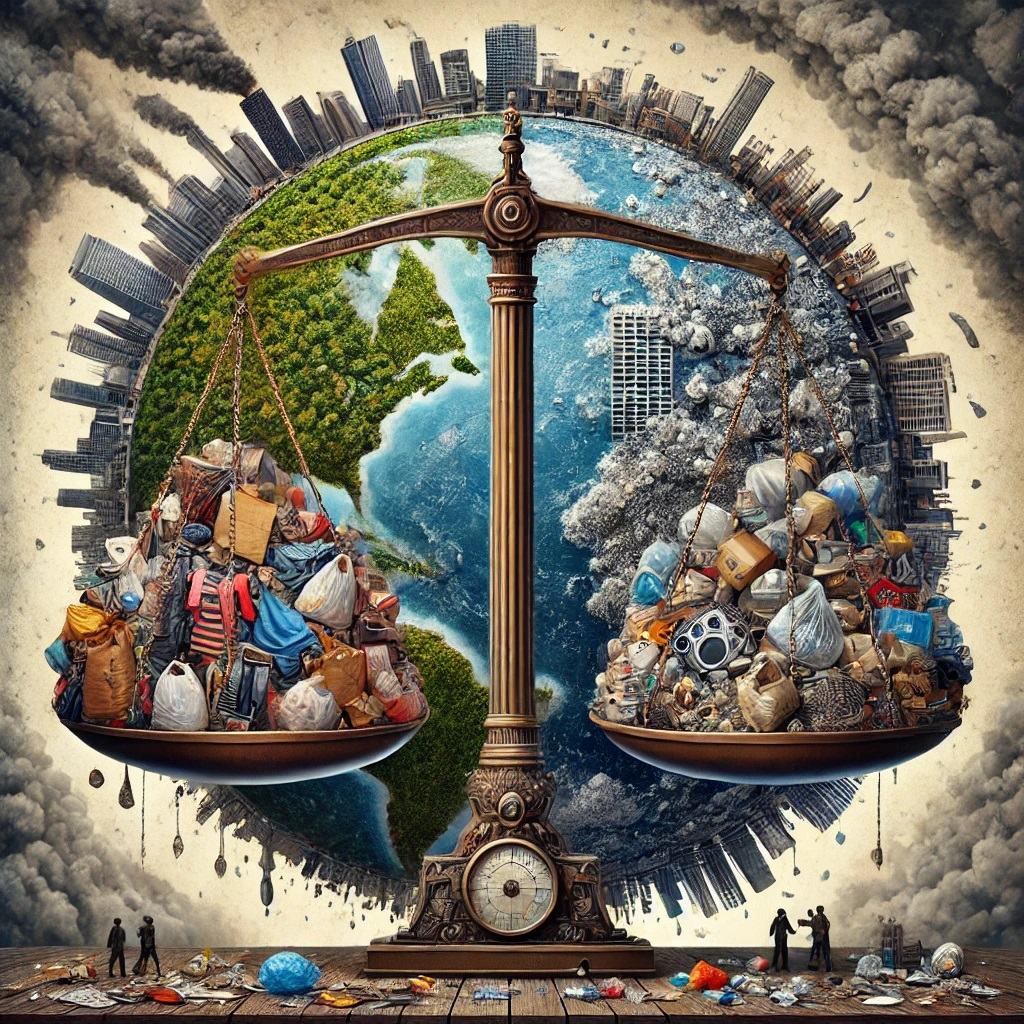What is Press Freedom?
Press freedom refers to the ability of journalists, media organisations, and individuals to report, investigate, and publish information without undue interference, censorship, or retaliation from the state, corporations, or other powerful entities. It is a fundamental pillar of democracy, ensuring transparency, accountability, and an informed public.
True press freedom includes:
- Legal protection from state interference or legal threats.
- Pluralism, ensuring a diversity of media voices.
- Editorial independence, allowing journalists to report without corporate or political influence.
- Freedom from violence, meaning journalists can work without fear of intimidation, imprisonment, or assassination.
Why is Press Freedom Important?
A free press holds power to account. It investigates corruption, challenges abuses, and ensures that the public has access to accurate and diverse information. When the press is strong, democracy is strong. Without it, misinformation thrives, power becomes unchecked, and authoritarian tendencies grow.
The decline of press freedom is not just an issue of censorship—it affects human rights, social justice, and the very fabric of democratic governance.
Why is Press Freedom Under Threat?
There are several factors contributing to the erosion of press freedom globally:
- Authoritarianism and the Rise of the Far Right
Far-right movements, often linked to nationalism, populism, and reactionary politics, tend to view the press as an enemy. Figures like Donald Trump in the US, Viktor Orbán in Hungary, and Narendra Modi in India have openly attacked the media, branding journalists as “fake news” peddlers or “enemies of the people.” This delegitimises journalism and justifies restrictions on press freedom. - State Control and Legal Suppression
Many governments now use legal mechanisms to suppress critical journalism. Laws on national security, defamation, or so-called “fake news” have been weaponised to arrest journalists or shut down independent outlets. For example, Orbán’s Hungary has brought much of the media under state control, while Russia and China imprison dissident journalists. - Corporate Influence and Media Consolidation
A handful of powerful corporations own vast sections of the global media. Rupert Murdoch’s empire, for instance, has helped shift political discourse to the right in multiple countries. When media ownership is concentrated, editorial independence weakens, and news becomes shaped by corporate and political interests. - Surveillance and Digital Censorship
Governments are increasingly using digital tools to track, intimidate, and silence journalists. Some regimes exploit spyware (e.g., Pegasus) to monitor dissenters. Social media algorithms, influenced by state pressure or corporate interests, also limit the reach of independent journalism. - Physical Attacks on Journalists
Violence against journalists is rising. From the murder of Jamal Khashoggi to the repression of investigative journalists in the Philippines and Mexico, those who expose corruption and state abuse are at risk. Impunity for such crimes emboldens further attacks. - Disinformation and the Undermining of Trust
The spread of disinformation, often amplified by far-right movements, weakens faith in journalism. When people distrust the press, they turn to conspiracy theories, state propaganda, or hyper-partisan sources that confirm their biases. This benefits authoritarian leaders, who thrive on controlling public perception.
The Far-Right and the Attack on Journalism
Far-right movements, in particular, see the press as a threat because it exposes their tactics—racism, xenophobia, corruption, and attacks on democracy. They rely on:
- Discrediting journalists by calling them biased or untrustworthy.
- Promoting alternative, hyper-partisan media that reinforce their worldview.
- Using state power to restrict press freedom, such as closing media outlets or arresting critics.
- Normalising misinformation so that truth itself becomes contested.
This has dangerous consequences. When the press is weakened, authoritarianism flourishes. When journalists are silenced, corruption grows. When information is controlled, democracy erodes.
The decline of press freedom, then, is a crisis for democracy. The rise of the far-right has played a central role in this trend, using legal, digital, and violent means to control information. Defending press freedom is not just about protecting journalists—it is about preserving truth, accountability, and democratic governance.
If you are interested in supporting press freedom in a number of imaginative ways, then visit https://rsf.org – Reporters Without Borders.


